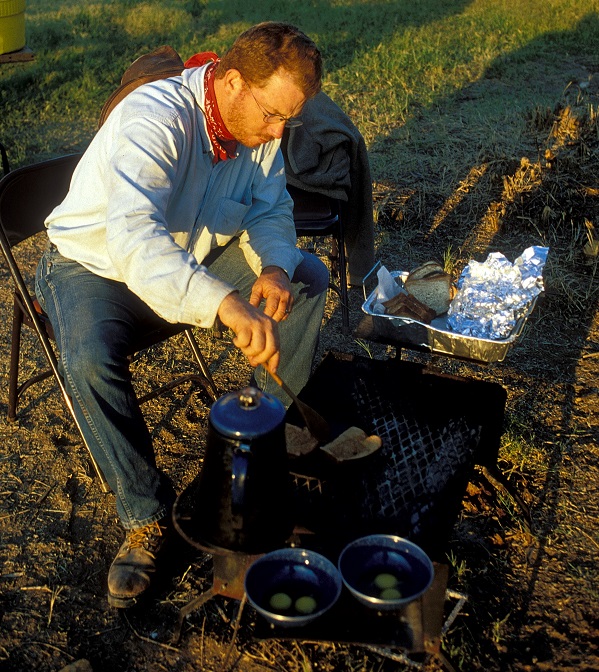TPW Magazine February Preview
Friday, January 15th, 2010This is Passport to Texas
If you find yourself in a nostalgic or contemplative mood, you’ll get particular enjoyment from February’s issue of Texas Parks and Wildlife magazine. Editor, Louie Bond.
I think in February we have some real treats for you. And two in particular really stand out. The first is a really lyrical piece by Russell Graves who grew up along the Bois’dArc Creek, and he and his brother spent many happy years there hunting and fishing and exploring and doing all those great things little boys do. And now the creek is being flooded to provide a reservoir, and he and his brother have taken one last trip down the creek and chronicled it with words, photographs, and even film; they’re going to make a little documentary on it. So, we’re bringing you the words and the photos, and on our website, some of the documentary work as well.
While you’re curled up in your armchair, if you’d like a little more to read, there’s a special Legend, Lore & Legacy on John Winter, who was a real Renaissance Man around the turn of the Twentieth Century. And avid outdoorsman who also happened to be a spectacular photographer. We came across these wonderful photographs and we knew there was a story behind the photographs. And, our own John Jefferson who’s quite a Renaissance Man, himself, really was fascinated by John Winter. And so it’s interesting the take of a Renaissance Man from one century chronicling the Renaissance man from a previous century.
Thanks Louie.
That’s our show… For Texas Parks and Wildlife…I’m Cecilia Nasti.



 Passport to Texas is a
Passport to Texas is a  Passport to Texas is made available by:
Passport to Texas is made available by: